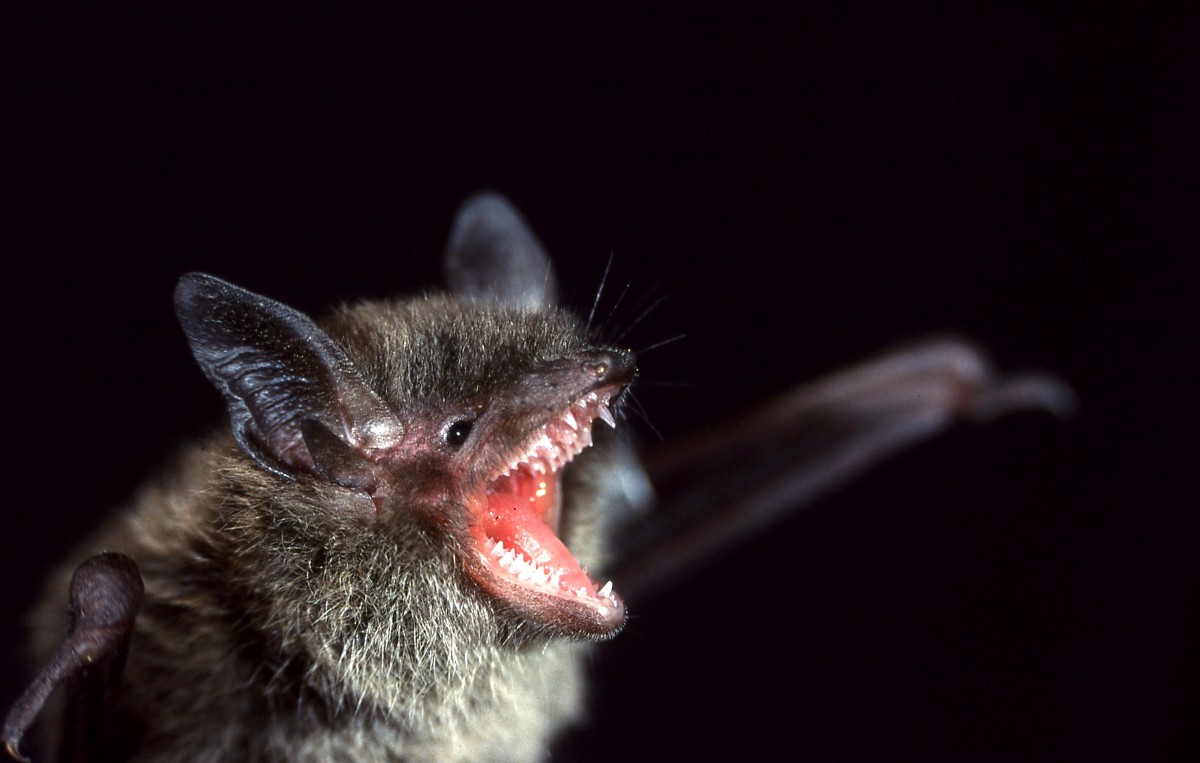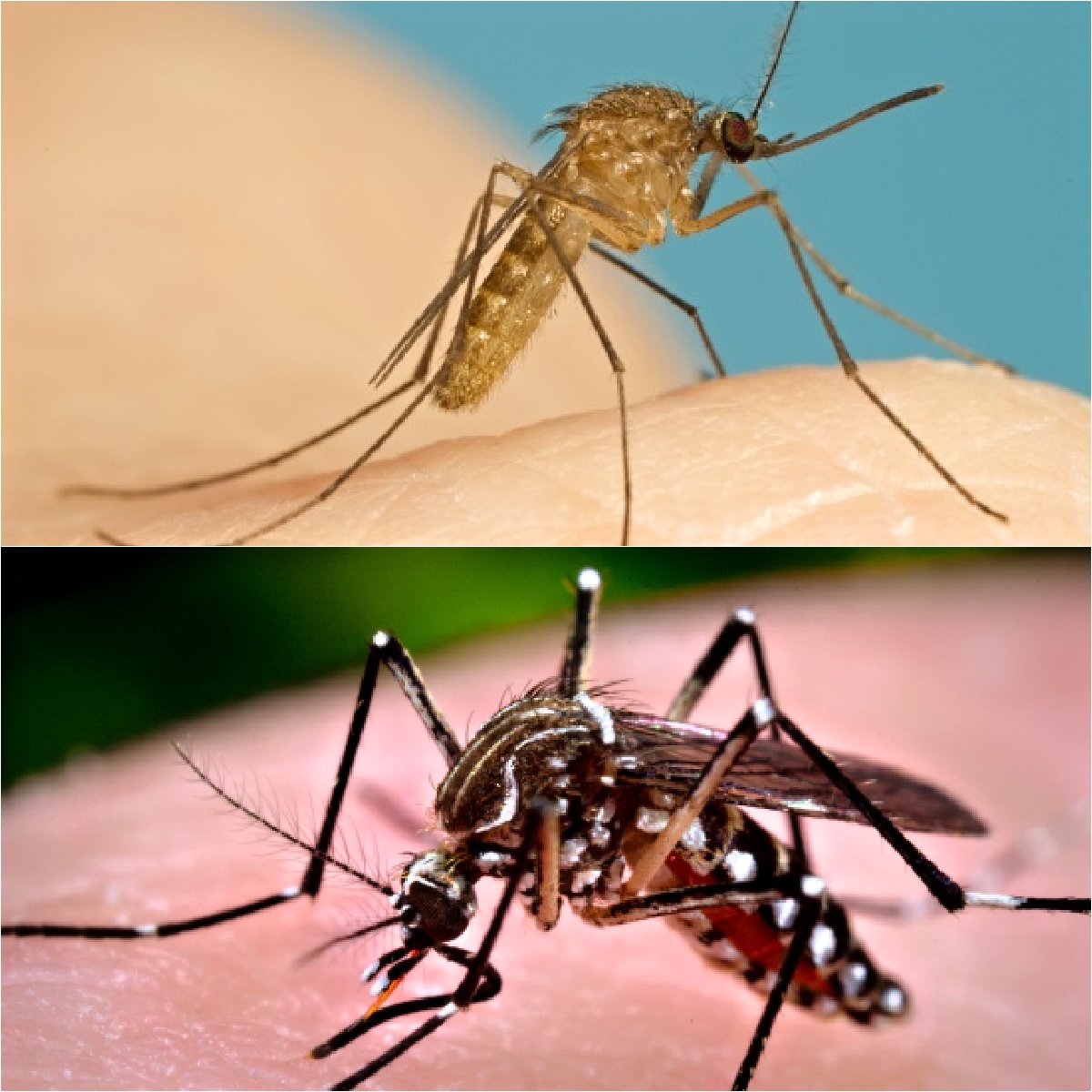Predators eat prey. It’s nature’s way. But when prey presents problems for humans, sometimes it’s good to encourage predators on the scene (think barn owl boxes for rodents, mice, etc.).
With the news of the invasive mosquito infiltrating Southern California bringing along the potentially dangerous Zika virus, some ecologically-minded folks may wonder: Why don’t we use bats to stem the tide of mosquitoes? After all, those flying mammals eat thousands of bugs in one night. Why aren’t bats used as vector controls?
“It’s a good idea but biologically the predator/prey ratio precludes any impact in the long run,” explains Kelly Middleton, director of community affairs for the Greater Los Angeles County Vector Control District. “There has been a lot of research and a lot of folks have tried using bats to control malaria, but bats are just not effective.”

Bats eat a fair number of mosquitoes (it is only about 1-2 percent of their diet), they are opportunistic and given the choice between a teeny tiny mosquito and a nice juicy moth or beetle, they will go where the meat is. “They burn a lot of energy searching for food so they will definitely go for the larger meal,” contends Middleton. “Even in areas with really high bat populations, mosquitoes and vector-borne disease risks are no different,” pointing to Texas and their large Mexican free-tailed bat populations.
Additionally mosquitoes reproduce so eye-blinking fast that hungry bat colonies couldn’t keep up with the numbers.
In SoCal, we have about 50 species of mosquitoes and about a dozen are monitored for potential disease by vector control. The most common mosquitoes are of the Culex genus which is usually about ¼-1/2 inch big. This buzzer is the main mosquito responsible for spreading the West Nile Virus among others diseases.
To combat mosquito eggs from hatching, vector control encourages folks to dump standing water, but that technique won’t work with the invasive Asian tiger mosquito and yellow fever mosquitoes (of the Aedes genus) insects responsible for the Zika virus are also carriers of the yellow fever, dengue and chikungunya.
Culex lay eggs on the water surface, but Aedes eggs laid in containers along the waterline don’t dry out if water is drained from container. These microscopic eggs (“hard to tell the difference between them and a spec of dirt” says Middleton) can withstand heat and dryness, staying viable for months.

Aedes mosquitos are also known for its love of human blood. Whereas other mosquitoes will forgo a human meal for a bird, the Aedes specifically targets humans – and it won’t stop until it is satisfied. “They are aggressive,” describes Middletown about the buzzer that feeds during daylight hours and won’t take no for an answer.
These buggers were first discovered in L.A. County in 2011 in El Monte; they are quickly spreading across California. This year, they have been detected in Silver Lake, Montebello and Pico Rivera as well as San Bernardino and Orange Counties.
While vector control has their hands full keeping containing this dangerous infestation, does the absent of El Nino rains mean less of threat?
“We could still get El Nino later in the spring. Couple that with usual early heat and you have a perfect storm for mosquitos, especially the Aedes ” says Middleton who added that local stores should start stocking up on repellent for a potentially dangerous mosquito season.
For more information, visit www.WestNile.ca.gov and enter your zip code to find out about mosquitoes in your ‘hood.
— Brenda Rees, Editor
